Despite all the antics on both sides, the media and the far-right are frenemies. Sure, the far-right loves to attack the media as “fake news” or even “Lügenpresse” (lying press), while the media love to write articles about the “dangers” of the far-right, but this masks a highly symbiotic relationship that is mutually beneficial.
Nowhere has this been as clear as in the United States. When Donald Trump ran in the 2016 presidential elections, US media provided him with the equivalent of $4.6 billion (€4.24 billion) in terms of free media space. This was generously repaid by Trump, however, who fueled a boom in news consumption. The two main liberal media, The New York Times and The Washington Post, for example, saw their digital subscriptions triple during Trump’s administration.
As a vocal critic of media coverage of the far-right, I am often asked how the media should cover them. This is a complex issue for a variety of reasons. One is that there is a big tension between how the media are seen by many journalists and readers and what they really are. The idea that the media are the watchdog of democracy is popular, including among journalists, but the reality is that almost all media are businesses. Consequently, they ultimately have an economic, not a political or democratic, logic. Which explains their symbiotic relationship with the far-right. This is not to say that things cannot be improved.
A critical approach to political actors
In essence, media coverage of the far-right should be both similar and different to that of other political phenomena. Readers, and democracy, profit from a critical media, which not just covers news but also analyses it. Critical is not the same as hostile, however. Hostility implies bias, criticalness implies scepticism. The media should approach all political actors sceptically, given that they have an interest in spinning the news. And they should cover most far-right actors even more critically, because they have an even bigger interest in spinning the news, given their generally more negative image.
But the media should also cover the far-right differently, because the far-right is different. First, the far-right (not only Trump) is particularly given to conspiracy theories and outright lies. Second, the far-right is hostile to some key institutions and values of liberal democracy, which constitute the legal and normative framework of our states.
Receive the best of European journalism straight to your inbox every Thursday
Many media and journalists like to present themselves as politically “neutral” and pretend to be, as Fox News so ironically claims, “fair and balanced.” Leaving aside whether one can actually be neutral, it makes no sense for independent media to want to be neutral, given that the basis of its functioning, i.e. independence, is (only) guaranteed by liberal democracy and is actively threatened by the far-right – just look at the situation of the media in Hungary, India, and Poland under Law and Justice (PiS). And being “balanced” does not mean that you write as many “negative” articles about two candidates when one faces four criminal indictments totaling 91 felony cases and the other is… well, (also) old.
Tips for a critical coverage of the far-right
So, what should critical coverage of the far-right look like? First, journalists should not take statements of the far-right at face value. They should not just fact check statements that seem controversial or self-serving but also ask follow-up questions in interviews. Second, the media should not provide far-right actors with space to propagate their program (such as op-Eds). Third, they should not give the far-right disproportionate attention or exaggerate their importance (to either increase audiences or justify stories). Fourth, journalists should not blindly adopt the frames and terms of the far-right – even if it has already been mainstreamed by other actors, such as mainstream politicians. This does not mean that the media cannot cover crime in areas with many migrants, but it does mean that they should do so critically – not simply assuming that culture, rather than socio-economic marginalisation, causes the crime – and certainly not adopt terms like “migrant crime” that originated from, and electorally boost, the far-right.
All of this assumes that journalists are well-informed about the far-right – i.e. their frames, issues, organisations, people, strategies, symbols – and about the dangers to liberal democracy in both theory and practice. Yet, despite the disproportionate media attention for the far-right, this is seldom the case. Media coverage of the far-right is often caricatural and highly dated.
The far-right is still mainly described as a white, male “left behind”, lower educated and economically and socially marginalised, visually portrayed as the eternal skinhead, shaven head, shouting angrily, with overt extreme right symbols like Celtic crosses or swastikas. While this was already a lazy stereotype in the 1980s, it is miles away from the average far-right supporter today, who is, in almost all ways, the guy next door. Moreover, the far-right is also still portrayed as a political challenger, fundamentally different from the political mainstream, although it has been largely mainstreamed, if not outright normalised.
It is high time that the media update its ideas about the role of both the far-right and itself in contemporary democracies. In general, the media are overly critical, if not outright hostile, to the far-right when they are politically marginal, but much less so when they become politically relevant. In short, too critical when irrelevant and not critical enough when relevant. What we really need, now more than ever, is a media that understands and acknowledges the threat of the far-right to liberal democracy (and, thereby, to an independent media) and that covers the far-right in an informed and critical way.
👉 Original article on Aftonbladet










